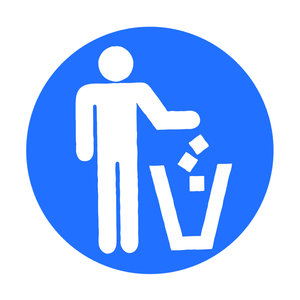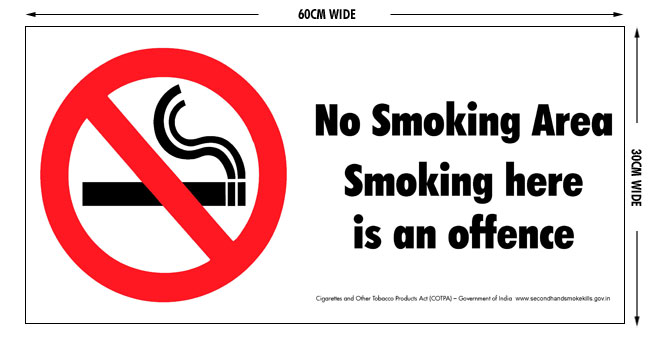Consider this: A new patient
comes to a hospital. He gets registered by providing his demographic data and
other occupational details. During the course of time, say a time frame of 4-5
years, he visits various medical specialties for medical consultations, visits
diagnostics and buys medicine from the pharmacy. If the health condition is
bad, he gets admitted as well. In certain conditions, he may require admission
more than once in a 5 year period. He chooses shared or single occupancy rooms
for his hospital stay. There is an ‘X’ amount that this patient pays during
these 5 years.
Now imagine the actual scenario
of a hospital. So many patients visit a hospital and they go through a process
mentioned above. Through each and every interaction with the hospital, patients
are participating in a data generation process. And here I am not even touching
the dust on clinical data. This one is operational and business data. Unfortunately,
most hospitals lack the creativity to use this data for any purpose – be it
business performance management, process optimization or service improvements. Let
us look at some ways in which operational or business data can be leveraged by
a hospital.
Loyalty Program: Every
person needs acknowledgement, especially when he pays for a service. There are
some patients who spend more money on treatments in your hospital than other
patients. Unfortunately the disease-burden on such patients is much higher, yet
they stay loyal to your hospital and seek costly treatments from you for a
prolonged period and pay a substantial amount. What could be a better way than
recognizing such individual patients and reducing their burden by offering loyalty
discounts? Firstly, such a patient would be extremely happy that your hospital acknowledged
his disease burden. Secondly, he will be pleasantly surprised at the reduction
in cost offered to him. While the health is compromised, such patients would
gain some psychological relaxation that the hospital pays attention to them and
helps them in a small way. Over a period of time, this should improve the Net
Promoter Score (NPS) of your healthcare services, since the word-of-mouth would
indicate to other patients that it’s better to take treatment for chronic diseases
at your hospitals since in the longer run, this would bring down their cost of
treatment.
Preventive Health-checkups:
You have got the demographic details of the patient and you know his occupation
profile, age and even health history. A simple database query will get you the
names of the patients who underwent certain treatments in a particular order
(X-Y-Z) or visited some specialties in a particular order (A-B-C). Doctors keep
talking about the new trends in ailments linked to health profile and past
disease history. The same knowledge can be used to detect such trends of
patient movement or treatments among patients. In such identified cases, it
would be appropriate to offer customized preventive health-checkups from
time-to-time. Through the preventive action, the hospital can help reduce the
risk of further aggravation of the disease condition of the patients (from the
known risks). This is especially true in the cases of patients at the risk of diabetes,
or the diabetic patients running the risk of further complications (like
cardio, dermat, ophthal etc.), or old people suffering from orthopedic problems
etc.
Second Opinions: There is now-a-days a new trend in
hospital marketing where hospitals are promoting second opinions. But these are
specialized chains and multi-specialty hospitals haven’t really jumped into the
train. But data can definitely tell which consultants are frequently visited by
patients for second opinion. Special marketing programs which reduce the cost
of second consultation with these consultants will bring-in more patients and predictably
more conversions for that specialty.
There are many interesting ways
in which operational and business data can be analysed to generate such
insights for a hospital. We specialize in data analytics
offerings for healthcare facilities. In hospitals where the data is not in
proper shape, our experts also advise hospitals on data design to meet business
requirements. With a sound data design and analysis, we enable hospitals to
form better business strategies for present and future.



















